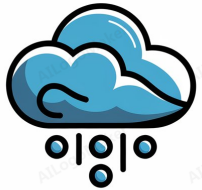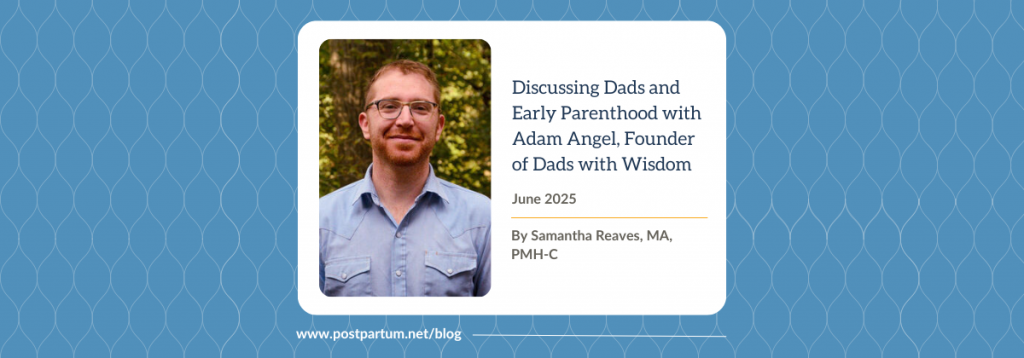An accessible and inclusive workplace contributes to good mental health at work. Using plain language in your communications is a good place to start.
The sheer volume of information confronting us each day is astounding. We are awash in emails, documents, and messages. We parse through our inboxes and look for the telltale signs of timewasters so we can prioritize what we will actually read.
If you start your day with dozens of new emails, what are the chances you will find every message relevant? If you choose to open a message, will you read it all the way through? If you are tired or in a hurry, will you understand what the author is trying to convey?
One thing is certain: if that message is not clear, concise, and easy to understand, it is going to sit at the bottom of the heap or get deleted.
All the more reason to use plain language. Plain language increases the likelihood that your message gets across accurately and enables the reader to understand as quickly, easily, and completely as possible.
Plain language myths
Adopting plain language in the workplace is sometimes perceived as overly complicated or not really necessary. Let’s look at two common myths about plain language:
Myth: Plain language takes too long and costs too much.
Fact: Plain language saves time and money. When people understand what they read, they need fewer clarifications and make fewer mistakes.
Myth: Plain language isn’t necessary for people who read well.
Fact: Plain language helps everyone understand what they read. People with good literacy skills skip over information or just won’t read a document that is too complex, wordy, or technical.
Remove barriers
Writing plainly starts with removing barriers. People may have language challenges, trouble with reading or seeing, or differences in perceiving or processing information. Reading difficulties can affect many people, not just those with a cognitive disability. Up to 10 percent of people have difficulty reading. Apart from language barriers, readers may not be familiar with your topic.
Communicating clearly in some work environments can be crucial when it comes to health and safety. In some work environments, there is little time for reading a long document. Unclear messaging and confusing directives can be a serious hazard.
How to use plain language
- Determine your audience and what action they need to take. What does the reader need to understand?
- Choose words that the audience is likely to know
- Design and structure the document according to the audience’s needs
- Use short and clear sentences and paragraphs
- Keep the tone positive and conversational
- Organize and present material clearly and logically
- Include only details that make the information easier to understand
- Use the active voice
- When the audience and purpose have been determined, form an outline. Use the inverted triangle writing method. Present the most vital information first. Be concise. Describe only one concept at a time.
- Organize information into steps or lists
- To help explain more complex ideas and concepts, consider using examples or simple scenarios. Explain what the reader should do in that situation.
- Eliminate or minimize acronyms and jargon, which can create barriers and exclude people
Need an example?
Plain language signage at a train platform:
“Wait behind the yellow line.”
This plain sentence includes the line’s colour so travellers know where to stand and wait.
Compare this with wordy signage with unnecessary details:
“Wait behind the yellow line until the train arrives and then walk into the train in an orderly fashion to avoid injury.”
Even though these details are true, they don’t add any critical information to the sentence.
Example provided by Grammarly
The benefits of plain language become obvious when we see that plain language improves communication and facilitates access for everyone. Access to the information, the content, and the message. Adopting plain language is a big step toward creating accessible workplaces. Accessibility is about creating communities and workplaces that allow everyone to participate fully without barriers. And that’s good for everyone.

Nicole Chevrier is Marketing and Communications Manager with the Mental Health Commission of Canada. Mental health is one of her passions.
Nicole is an avid writer and photographer. A first-time author, she recently published her first children’s book to help children who are experiencing bullying.
When she isn’t at her desk, Nicole loves to spend her time doing yoga and meditation, ballroom dancing, hiking, and celebrating nature with photography. She is a collector of sunset moments.









